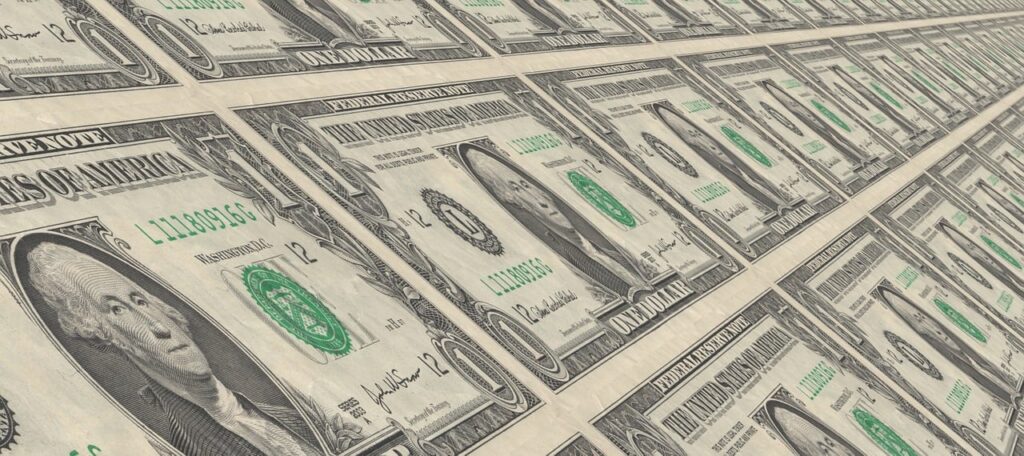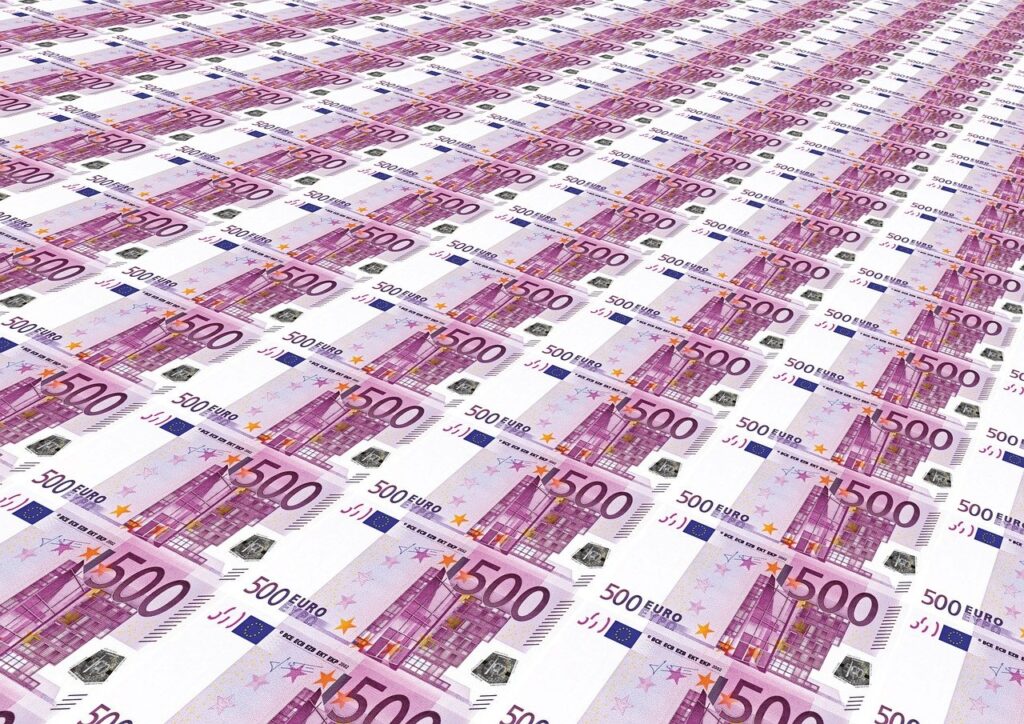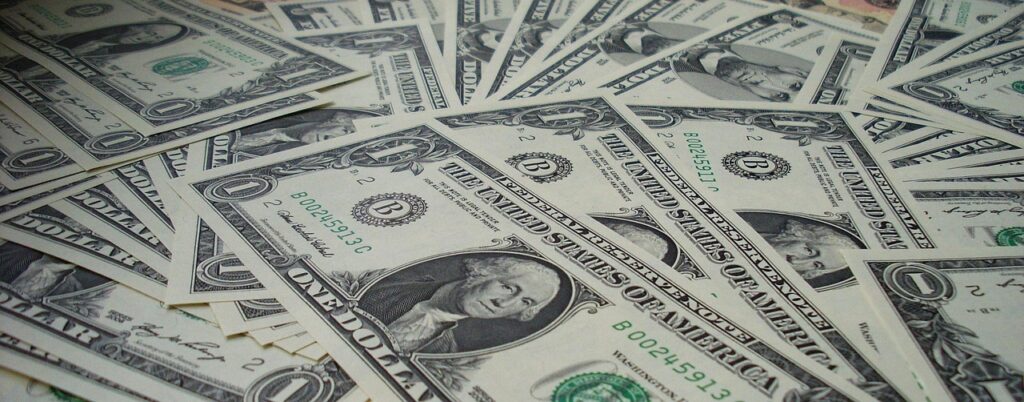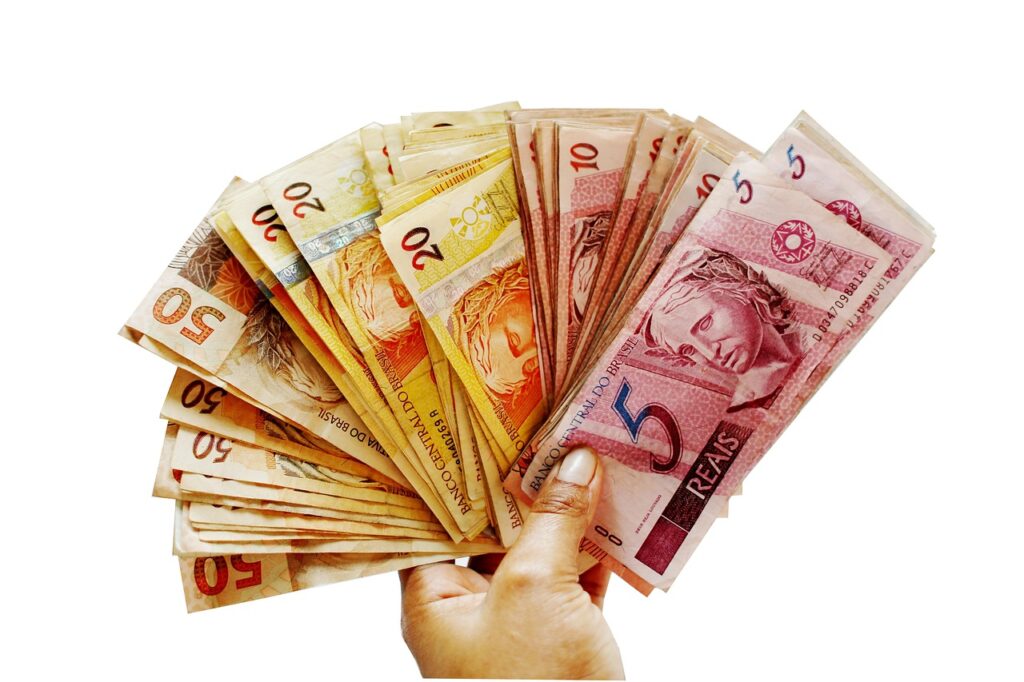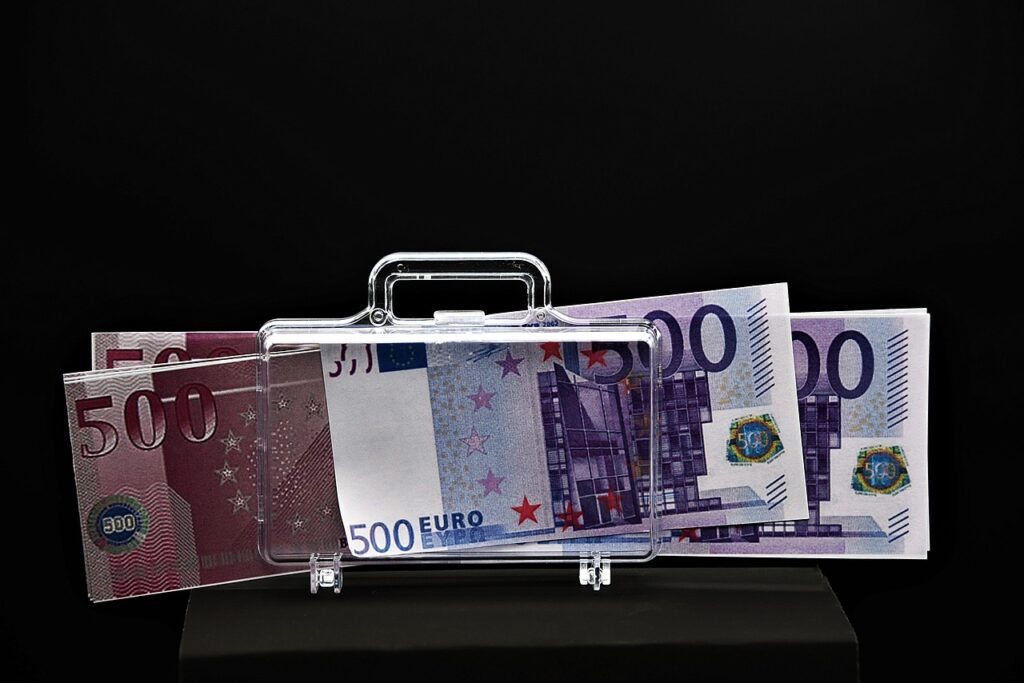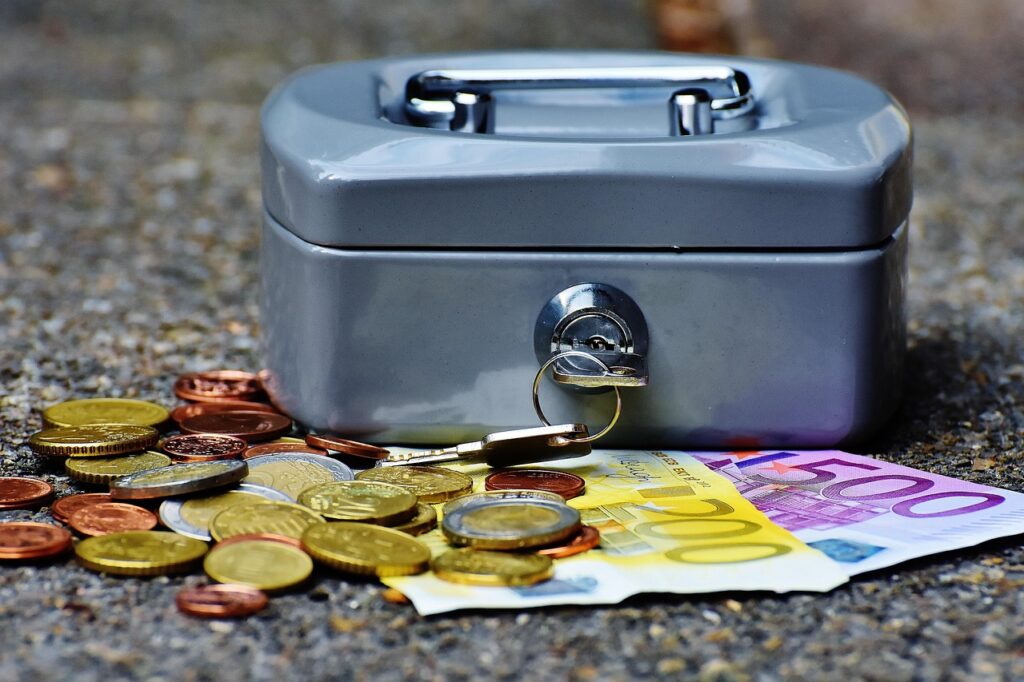
As we navigate 2025, homeowners face a unique and urgent opportunity to significantly reduce their energy expenses through a range of federal tax credits and rebate programs. Many of these valuable incentives, expanded under the Inflation Reduction Act of 2022, are now facing accelerated expiration dates, with many set to conclude by December 31, 2025. This critical window means that proactive planning and swift action are essential to capture these financial benefits for energy-efficient home improvements.
This guide, designed with the Consumer Reports ethos of objective, detailed, and actionable advice, will walk you through the intricacies of what’s available. We’ll explore the two primary federal tax credits: the Energy Efficient Home Improvement Credit (EEHIC) and the Residential Clean Energy Credit, alongside other key programs. Understanding these mechanisms is not just about saving money; it’s about making informed decisions that benefit your household budget and contribute to a more sustainable future.
The overarching goal here is to empower you with clear, precise information, ensuring you can identify eligible projects, understand the limits, and prepare for the claiming process. With many incentives on the brink of expiration, now is the time to evaluate your home’s energy efficiency needs and leverage these last-chance opportunities. Let’s dive into the specifics of what you need to know to maximize your savings this year.
1. **Overview of the Energy Efficient Home Improvement Credit (EEHIC)**This pivotal tax credit, formally known as the Energy Efficient Home Improvement Credit (Section 25C), offers substantial savings for homeowners who make qualified energy-efficient upgrades. For improvements installed after January 1, 2023, and through December 31, 2025, taxpayers may qualify for a tax credit up to $3,200 annually. This generous incentive covers 30% of certain qualified expenses, which include a broad spectrum of energy-efficient improvements, residential energy property, and even home energy audits.
The credit is structured with specific annual limits. You can claim up to $1,200 for general energy efficient property costs and certain home improvements, such as exterior doors, windows, skylights, and home energy audits. Separately, an additional $2,000 per year is available for specific high-efficiency installations like qualified heat pumps, heat pump water heaters, biomass stoves, or biomass boilers. It’s important to note that this credit is nonrefundable, meaning it can reduce your tax liability to zero, but any excess credit cannot be refunded or carried forward to future tax years.
A significant change taking effect in 2025 is the requirement for a Qualified Manufacturer Identification Number (QMID). For each item of qualifying property placed in service in 2025, no credit will be allowed unless the item was produced by a qualified manufacturer and the taxpayer reports the QMID on their tax return. This applies to most items, though insulation and air sealing materials are a notable exception. This new requirement underscores the need for careful selection of products and diligent record-keeping.
The good news is that this credit has no lifetime dollar limit. This means you can claim the maximum annual credit every year that you make eligible improvements or install energy-efficient property, up until the December 31, 2025 deadline. This rolling annual maximum provides a powerful incentive for spreading out larger energy efficiency projects over multiple years, allowing you to continually benefit from the savings. However, with the current legislative landscape, it’s imperative to complete and document all improvements before the end of this year.
2. **Specific Limits for EEHIC: Exterior Doors**Upgrading your home’s exterior doors can lead to noticeable improvements in energy efficiency and comfort, and the EEHIC provides a direct incentive for this. To qualify for the credit, new exterior doors must meet applicable Energy Star requirements. This certification ensures that the doors are designed to reduce heat loss in winter and heat gain in summer, leading to lower heating and cooling costs.
The credit for exterior doors is capped at $250 per door, with a total annual limit of $500 for all exterior doors installed. This specific limit falls under the broader $1,200 annual maximum for general energy-efficient home improvements. When considering door replacements, consumers should prioritize those with the Energy Star label to ensure eligibility for the tax credit.
It is a crucial detail that labor costs for installing building envelope components, including exterior doors, do not qualify for this credit. The credit applies only to the cost of the qualified materials themselves. Therefore, when budgeting for your project, separate the material costs from the installation labor to accurately calculate your eligible credit amount.
Investing in high-performance exterior doors can significantly enhance your home’s thermal envelope. Beyond the immediate tax credit, these upgrades can contribute to long-term energy savings by reducing drafts and improving insulation, making your home more comfortable year-round. Given the $500 total limit, strategically planning your door replacements can help you maximize this particular component of the credit.
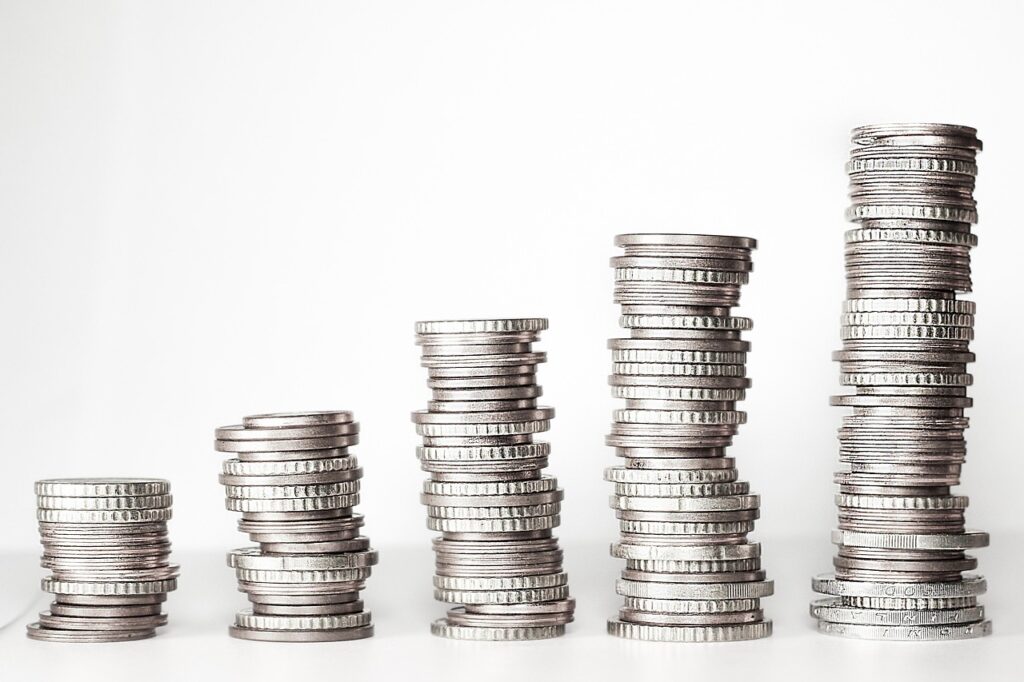
3. **Specific Limits for EEHIC: Exterior Windows and Skylights**Another significant avenue for energy savings and tax credits involves upgrading your home’s exterior windows and skylights. These components are critical to a home’s energy performance, and inefficient windows can be a major source of energy loss. To qualify for the EEHIC, new exterior windows and skylights must meet the stringent Energy Star Most Efficient certification requirements.
The credit for these highly efficient installations is subject to a total annual limit of $600. This $600 cap is an aggregate limit for all qualifying windows and skylights installed during the taxable year. This means whether you replace one window or several, the maximum credit you can claim for these specific items is $600, contributing to the overall $1,200 annual cap for general improvements.
Similar to exterior doors, the labor costs associated with installing exterior windows and skylights do not qualify for the credit. The tax credit is strictly applied to the cost of the qualifying materials. When reviewing invoices from your contractor, ensure that the cost of the Energy Star Most Efficient certified windows and skylights is clearly itemized to facilitate accurate credit calculation.
Upgrading to Energy Star Most Efficient windows and skylights can dramatically improve your home’s insulation, reduce outside noise, and protect furnishings from UV rays. While the $600 limit might seem modest for a full home window replacement, it still represents a valuable incentive to choose the highest efficiency products available. For consumers planning extensive window upgrades, careful consideration of the cost-benefit analysis beyond just the credit is recommended, focusing on long-term energy savings.
4. **Specific Limits for EEHIC: Insulation and Air Sealing Materials/Systems**Insulation and air sealing are fundamental to a home’s energy efficiency, often providing the most cost-effective improvements. The EEHIC offers a credit for qualifying insulation and air sealing materials or systems. To be eligible, these materials must meet the International Energy Conservation Code (IECC) standards that were in effect as of the beginning of the calendar year that is two years prior to the year of installation. For instance, if you install these materials in 2025, they must meet the IECC standard in effect on January 1, 2023.
Unlike doors, windows, and certain residential energy properties, insulation and air sealing materials or systems do not have a specific dollar limit beyond the overarching $1,200 maximum annual credit for energy-efficient home improvements. This provides flexibility for homeowners undertaking comprehensive weatherization projects. As long as the total for these and other applicable improvements does not exceed $1,200, the 30% credit can be applied.
Crucially, insulation and air sealing materials or systems are distinct in another way: they are the *only* types of qualifying property that do not have to meet the qualified manufacturer and PIN requirements starting in 2025. This exemption simplifies the claiming process for these essential upgrades, as you won’t need to track down a Qualified Manufacturer Identification Number (QMID) for these specific products.
However, it’s important to remember that labor costs for installing building envelope components, including insulation and air sealing, do not qualify for the credit. Focus your credit calculation on the cost of the materials themselves. Investing in robust insulation and effective air sealing significantly reduces heat transfer, leading to lower utility bills and a more consistent indoor climate, making it a highly impactful area for energy-efficient upgrades.
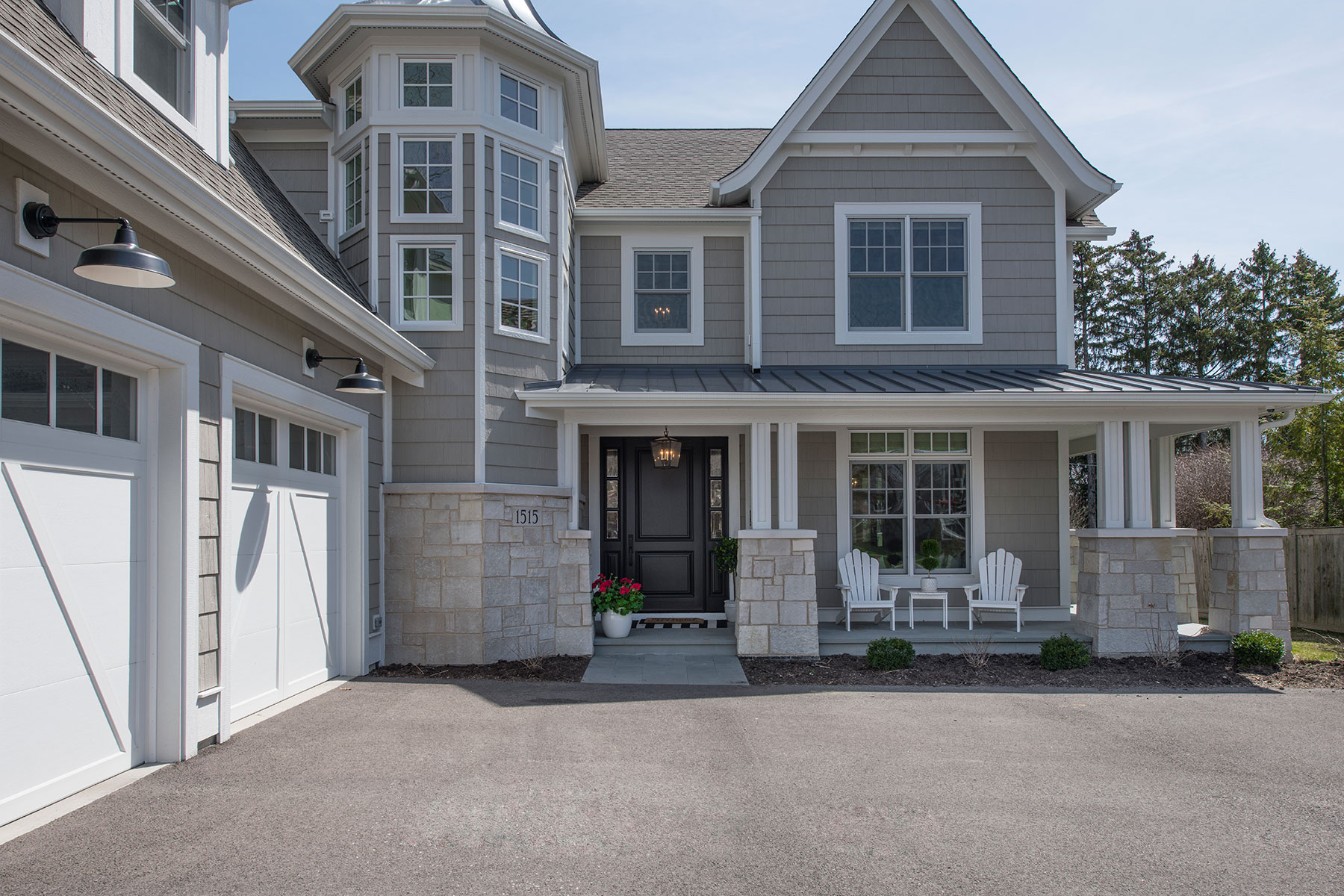
5. **Home Energy Audits and Their Evolving Requirements**Understanding your home’s specific energy weaknesses is the first step toward effective improvements, and a professional home energy audit can provide this crucial insight. The EEHIC allows for a tax credit of up to $150 for a qualifying home energy audit conducted on your main home. This credit is part of the $1,200 annual limit for general energy-efficient home improvements.
To qualify for the credit, a home energy audit must include a written report and an inspection. This report needs to identify the most significant and cost-effective energy efficiency improvements relevant to your home. It should also provide an estimate of the potential energy and cost savings associated with these improvements, offering a clear roadmap for future upgrades.
Starting in 2024, the requirements for who can perform these audits became more stringent. The inspection must now be conducted by a *qualified home energy auditor*, or under the supervision of one. A qualified home energy auditor is defined as an individual who is certified by one of the qualified certification programs listed on the Department of Energy’s website for the Energy Efficient Home Improvement Credit (Section 25C).
Furthermore, the written report must be prepared and signed by this qualified home energy auditor, adhering to industry best practices. It needs to include the auditor’s name and relevant employer identification number (EIN) or other appropriate taxpayer identifying number, an attestation that the auditor is certified, and the name of their qualified certification program. The IRS specifically recommends that home energy auditors apply for and receive an EIN if they do not already have one, emphasizing the professional standards now expected for claiming this credit.
Read more about: Beyond Steel and Silicon: How Revolutionary Materials Like Bamboo Are Redefining the Automotive Future

6. **Residential Energy Property: Central Air Conditioners, Furnaces, and Boilers**Beyond the building envelope, the EEHIC also extends to certain residential energy property, offering a credit up to $600 per item. This category includes new central air conditioners, natural gas, propane, or oil furnaces, and hot water boilers. A key advantage for these items is that their installation costs *do* qualify for the credit, unlike the labor for building envelope components.
For these appliances to be eligible, they must meet or exceed the Consortium for Energy Efficiency (CEE) highest efficiency tier, excluding any advanced tier, in effect at the beginning of the year when the property is installed. This ensures that the installed systems are truly high-performing. For central air conditioners, split systems, for example, need a SEER2 rating of at least 17 and an EER2 of 12 to qualify.
Natural gas furnaces and hot water boilers have specific efficiency benchmarks. Gas furnaces must achieve an Annual Fuel Utilization Efficiency (AFUE) rating of 97% or higher to be eligible for the credit. Natural gas hot water boilers must have an AFUE greater than 95%. This high bar encourages the adoption of ultra-efficient heating systems that dramatically reduce fuel consumption.
For oil furnaces or hot water boilers, the criteria differ slightly. They can qualify if they are rated by the manufacturer for use with fuel blends containing at least 20% biodiesel, renewable diesel, or second-generation biofuel, or through other specified efficiency criteria. Consumers should always check the manufacturer’s specifications and the CEE ratings to confirm eligibility before purchase. Remember that these items, like most others for 2025 installations, will require a Qualified Manufacturer Identification Number (QMID) on your tax return.
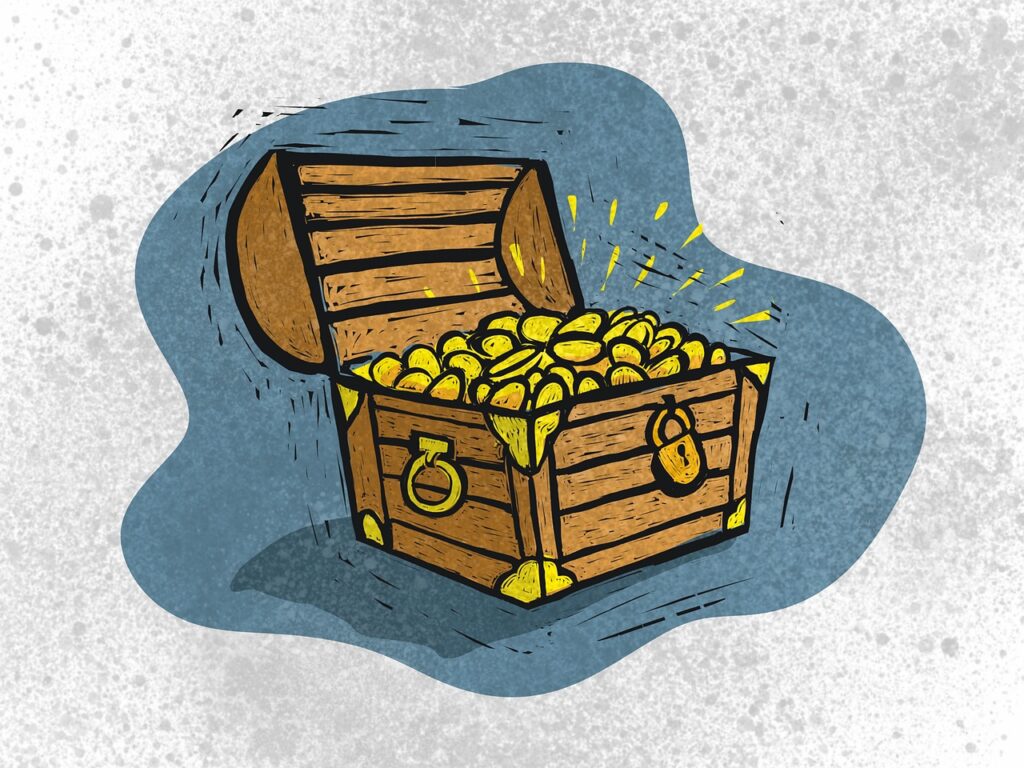
7. **Residential Energy Property: Natural Gas, Propane, or Oil Water Heaters**Among the crucial residential energy property items eligible for the EEHIC are certain new water heaters. Specifically, natural gas, propane, or oil water heaters can qualify for a credit of up to $600 per item. This credit is particularly attractive because it includes the labor costs for installation, helping to offset a more significant portion of your total project expense.
To be eligible, these water heaters must meet or exceed the Consortium for Energy Efficiency (CEE) highest efficiency tier, not including any advanced tier, that was in effect at the beginning of the year of installation. This ensures that you are investing in a truly energy-efficient model. The focus here is on conventional fossil fuel-powered water heaters, which are distinct from the higher-value electric or natural gas heat pump water heaters that offer a more substantial credit.
When purchasing a new water heater, it is imperative to verify its efficiency ratings against the CEE standards applicable for the installation year. Look for documentation from the manufacturer or retailer confirming its eligibility. Installing a high-efficiency water heater can lead to considerable long-term savings on utility bills, as water heating is often a significant energy consumer in the home.
As with most qualifying property installed in 2025, natural gas, propane, or oil water heaters will require a Qualified Manufacturer Identification Number (QMID) to be reported on your tax return. This new requirement emphasizes the importance of selecting products from qualified manufacturers and retaining all necessary documentation. By doing so, you ensure that you can successfully claim the valuable $600 credit and contribute to your home’s overall energy efficiency.
Navigating the landscape of home energy efficiency incentives in 2025 requires a clear understanding of the broader opportunities and the critical procedures for claiming them. As federal deadlines loom, grasping the nuances of advanced energy property credits, how various incentives interact, and the essential steps to file your claims correctly will be paramount. This section delves into these crucial areas, ensuring you are well-equipped to maximize your savings before these valuable programs conclude. From high-tech heating solutions to solar power, and from diligent record-keeping to understanding the ultimate expiration dates, we’ll equip you with the insights needed to make informed, impactful decisions for your home this year.

8. **Residential Energy Property: Heat Pumps and Heat Pump Water Heaters**Beyond traditional furnaces and boilers, the EEHIC offers a significantly higher credit for advanced heating and cooling technologies like heat pumps and heat pump water heaters. These highly efficient systems can qualify for a credit of up to $2,000 per year, covering 30% of the project cost. This separate, more generous limit incentivizes homeowners to embrace technology that drastically reduces energy consumption and carbon emissions, making it a cornerstone of modern energy-efficient homes.
To be eligible, electric or natural gas heat pumps and heat pump water heaters must meet or exceed the Consortium for Energy Efficiency (CEE) highest efficiency tier, not including any advanced tier, in effect at the beginning of the year when the property is installed. For instance, ENERGY STAR-certified heat pumps qualify in the South, while ENERGY STAR Cold Climate units with an EER > 10 qualify in the North. This rigorous standard ensures that only truly high-performing units receive the credit, translating to substantial long-term energy savings for the homeowner.
A significant advantage of this credit is that it includes the labor costs for installation, which can be a substantial portion of the overall project expense for these complex systems. This comprehensive coverage helps make these advanced technologies more financially accessible. As with most qualifying property installed in 2025, these systems will require a Qualified Manufacturer Identification Number (QMID) to be reported on your tax return, so careful selection of products from qualified manufacturers and diligent record-keeping are essential.
Investing in a heat pump or heat pump water heater not only unlocks this generous federal tax credit but also leads to lower utility bills and a more comfortable indoor environment year-round. Given their dual heating and cooling capabilities, heat pumps are often considered one of the most impactful energy-efficient upgrades a homeowner can make, offering both immediate tax benefits and enduring operational savings.
9. **Residential Energy Property: Biomass Stoves and Boilers**For homeowners seeking alternative heating solutions that utilize renewable resources, biomass stoves and boilers present another excellent opportunity under the EEHIC. These systems can also qualify for a credit of up to $2,000 per year, covering 30% of the installed cost. This incentive encourages the adoption of heating appliances that burn renewable organic matter, such as wood pellets, logs, or corn, offering a greener alternative to fossil fuels for space and water heating.
To be eligible for the credit, biomass stoves and boilers must have a thermal efficiency rating of at least 75%. This efficiency standard ensures that the units are converting a high percentage of their fuel into usable heat, minimizing waste and maximizing the environmental benefits. When considering such an upgrade, it is crucial to verify the manufacturer’s thermal efficiency rating to confirm eligibility for this valuable credit.
Similar to heat pumps, the credit for biomass stoves and boilers generously includes the labor costs associated with their installation. This is a significant factor, as the installation of these systems can be intricate and may require professional expertise, thereby increasing the overall project cost. Including labor within the credit calculation significantly enhances the financial viability of such an investment for many homeowners.
Like other residential energy property items installed in 2025, biomass stoves and boilers will require a Qualified Manufacturer Identification Number (QMID) to be included on your tax return. This means that when purchasing your system, you’ll need to confirm it’s from a qualified manufacturer and secure the necessary identification number. By meeting these requirements, you can effectively leverage the $2,000 credit to offset the cost of a sustainable and efficient heating solution for your home.
10. **Residential Energy Property: Electrical Upgrades (Panelboards, Sub-Panelboards, Branch Circuits, and Feeders)**
As homes become more electrified with advanced energy-efficient appliances like heat pumps and EV charging stations, existing electrical systems often require upgrades to safely and efficiently support the increased load. Recognizing this essential need, the EEHIC offers a credit for certain electrical components, including panelboards, sub-panelboards, branch circuits, and feeders. These upgrades can qualify for a credit of up to $600 per item, covering their cost including installation.
For these electrical components to be eligible for the credit, they must meet the National Electric Code and have a capacity of 200 amps or more. This ensures that the upgraded infrastructure is robust enough to handle modern energy demands and comply with safety standards. The inclusion of these upgrades under the credit is particularly beneficial, as they are often a prerequisite for installing larger residential clean energy systems, such as the aforementioned heat pumps or solar arrays.
Notably, the cost of labor for installing these electrical components *does* qualify for the credit, aligning with other residential energy property categories. This comprehensive coverage helps reduce the financial burden of what can sometimes be an overlooked but critical aspect of home energy modernization. Without an adequate electrical system, many high-efficiency appliances cannot be safely or effectively installed.
For installations in 2025, electrical panel upgrades will require the manufacturer’s four-digit Qualified Manufacturer (QM) code on your tax return. This requirement, while new, helps ensure that eligible products are properly identified and tracked. By strategically upgrading your home’s electrical infrastructure, you not only improve safety and capacity but also unlock this valuable $600 tax credit, paving the way for further energy-efficient enhancements.

11. **Understanding Subsidies, Rebates, and State Incentives**Maximizing your energy savings means looking beyond just federal tax credits and exploring other financial incentives available. It’s crucial, however, to understand how these various programs interact with federal credits, particularly concerning how they may affect your qualified expenses. Generally, public utility subsidies for buying or installing clean energy property are subtracted from your qualified expenses when calculating your federal credit, whether the subsidy goes directly to you or your contractor.
Similarly, rebates are typically subtracted from qualified expenses if they are based on the cost of the property, come from someone connected to the sale (like the manufacturer or installer), and are not payment for services you provide. This means that if a manufacturer offers a direct rebate on a heat pump, you would calculate your 30% federal credit on the cost *after* the rebate has been applied. Being aware of this interaction is vital to accurately determine your eligible credit amount.
However, it’s important to distinguish that state energy efficiency incentives are generally *not* subtracted from federal qualified costs unless they specifically qualify as a rebate or purchase-price adjustment under federal income tax law. Many states may label incentives as “rebates” even when they don’t fit the federal definition. Such incentives could, in some cases, be included in your gross income for federal tax purposes, so consulting IRS Notice 2013-70 or a tax professional for clarity is always advisable.
Homeowners can also tap into significant programs like the High-Efficiency Electric Home Rebate Program, which provides rebates up to $14,000 for low- and middle-income families for electric appliances and non-appliance upgrades, with funds available through September 30, 2031. Many states and local utilities also offer their own rebates, such as Virginia Energy Connect, North Carolina’s Energy Saver NC, or the Tennessee Valley Authority’s Energy Right hub. These can often be stacked with federal tax credits, providing an even greater financial boost for your energy-efficient projects. Resources like the Database of State Incentives for Renewables & Efficiency (DSIRE) can help you find local opportunities.
Read more about: Hollywood’s Hidden Battles: 14 Surprising Truths About Movie Making, Money, and the Producers Who Make It Happen
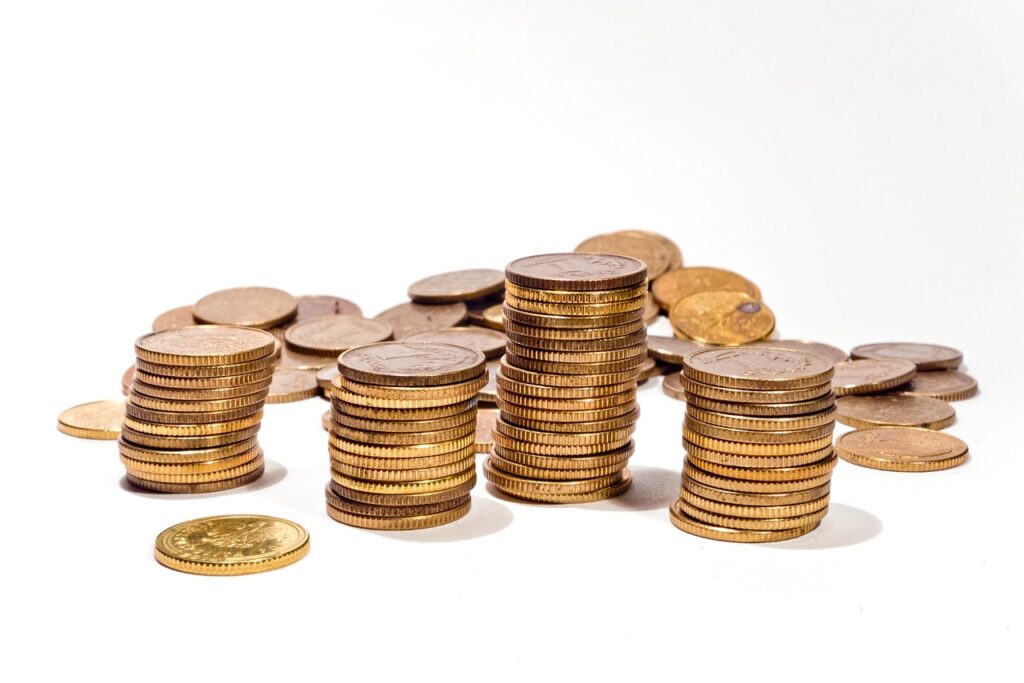
12. **The Residential Clean Energy Credit (Solar, Wind, Geothermal, Battery Storage)**Distinct from the Energy Efficient Home Improvement Credit (EEHIC), the Residential Clean Energy Credit (Section 25D), often referred to as the solar tax credit, provides a powerful incentive for investing in renewable energy systems for your home. This credit offers 30% of the cost for qualified, newly installed property placed in service from 2022 through 2025. Unlike the EEHIC, this credit does not have a lifetime dollar limit, meaning you can claim 30% of eligible costs no matter how substantial your investment.
Qualifying systems under this credit are those that harness renewable sources to generate electricity, heat water, or regulate home temperature. This includes solar panels, solar water heaters, wind energy property, and geothermal heat pump property. Additionally, fuel cell property can qualify, with a limit of $500 for each one-half kilowatt of capacity. Battery storage technology, with a capacity of at least three-kilowatt hours, is also eligible, making it easier for homeowners to store excess renewable energy for later use.
One of the most attractive features of the Residential Clean Energy Credit is its refundability aspect for excess credit. While the EEHIC is nonrefundable, meaning it only reduces your tax liability to zero and any excess is lost, the Residential Clean Energy Credit allows you to carry forward any excess credit and apply it to reduce the tax you owe in future years. This feature ensures that homeowners with large installations can fully benefit from the credit over time, even if their current year’s tax liability is lower than the credit amount.
To qualify, the systems must be installed in your primary home in the U.S., though some improvements to a second home that you live in part-time (excluding fuel cell property) may also be eligible. Importantly, this credit, like many others, faces an accelerated expiration. Due to the “One Big Beautiful Bill” Act passed in mid-2025, this credit is now set to expire by December 31, 2025. This critical deadline underscores the urgency for homeowners considering such investments to act swiftly to capture this significant financial benefit.
13. **Claiming the Energy Efficient Home Improvement Credit: Procedures and Documentation**Successfully claiming the Energy Efficient Home Improvement Credit requires careful attention to detail and adherence to specific IRS procedures. The first crucial step is to file IRS Form 5695, Residential Energy Credits Part II, with your federal tax return for the year in which the qualifying property was *installed*, not merely purchased. It is imperative that the installation is completed by December 31, 2025, to be eligible for credits under current legislation.
Accurate documentation is your best defense in case of an IRS audit and is essential for properly calculating your credit. You should retain a manufacturer’s certification statement confirming the product qualifies for the credit, an invoice dated by December 31, 2025, showing the equipment was installed by year-end, and the system’s efficiency ratings (such as SEER2, EER2, HSPF2, or AFUE) to prove it meets federal requirements. While these documents are not submitted with your return, they must be available if requested by the IRS.
For items installed in 2025, a new requirement is in effect: you must include the manufacturer’s four-digit Qualified Manufacturer (QM) code on your 2025 tax return for most eligible products, including heat pumps, water heaters, central air conditioners, boilers, furnaces, biomass stoves, windows, doors, and skylights. Insulation and air sealing materials are a notable exception to this QMID requirement. This underscores the need to choose products from qualified manufacturers and secure this specific code at the time of purchase or installation.
It is also vital to remember that the EEHIC is a nonrefundable tax credit. This means it can reduce your tax liability to zero, but any remaining credit beyond that amount will not be refunded to you or carried forward to future tax years. Eligibility for the credit depends on your residence type: for building envelope components and home energy audits, the improvements must be made to your principal residence; for residential energy property (like HVAC systems), it can be any residence you use, including a second home, and includes renters who make eligible improvements. Working with a qualified tax professional, like a CPA, can simplify this process and ensure you correctly navigate these requirements, maximizing your eligible savings.
14. **The Critical 2025 Deadline and What Happens After**The urgency surrounding home energy rebates in 2025 cannot be overstated. A significant legislative change this year, known as the “One Big Beautiful Bill” (OBBB), has quietly pulled forward the expiration dates for many federal energy-efficiency tax credits. Originally extended through 2032 under the Inflation Reduction Act of 2022, many of these valuable incentives, including the Energy Efficient Home Improvement Credit (EEHIC) and the Residential Clean Energy Credit, are now set to conclude on December 31, 2025. This accelerated deadline creates a narrow but critical window for homeowners to act.
For homeowners, this means that any qualifying improvements or installations must be completed and placed in service by the end of 2025 to be eligible for these federal tax credits. Beyond this date, there is no guarantee these specific credits will be extended or renewed, although Congress could decide otherwise. This makes the next few months arguably the best financial opportunity you’ll have in a decade to undertake energy-efficient upgrades with significant federal support.
While federal tax credits face this looming deadline, it’s important to note that not all green energy incentives are disappearing simultaneously. Programs like the High-Efficiency Electric Home Rebate Program, managed through state and tribal governments, are slated to have funds available through September 30, 2031. Additionally, many state and local utility rebates and incentives will likely continue to be available. These can still offer valuable support, particularly for low- and middle-income households, and can often be combined with any remaining federal incentives if applicable.
Even in a post-2025 landscape without federal tax credits, upgrading to a high-efficiency HVAC system or making other energy-saving home improvements continues to make long-term financial sense. These upgrades lead to significantly lower utility bills, improved home comfort through better temperature regulation, reduced carbon emissions, and enhanced resale value, making your home more attractive to future buyers. The initial investment, even without federal credits, often pays for itself through these accumulated benefits.
Read more about: Beyond the Bikini: Navigating Modesty, Family Expectations, and Dress Codes for Inclusive Bachelorette Celebrations
Therefore, if you have been considering replacing an aging furnace, air conditioner, or making other substantial energy-efficient improvements, now is truly the time to finalize those plans. Don’t leave money on the table; consult with contractors and tax professionals soon to ensure your projects are completed and properly documented before the December 31, 2025, deadline. The opportunity to make your home more energy-efficient and receive significant tax benefits is fleeting, so swift action is key to maximizing your savings.

